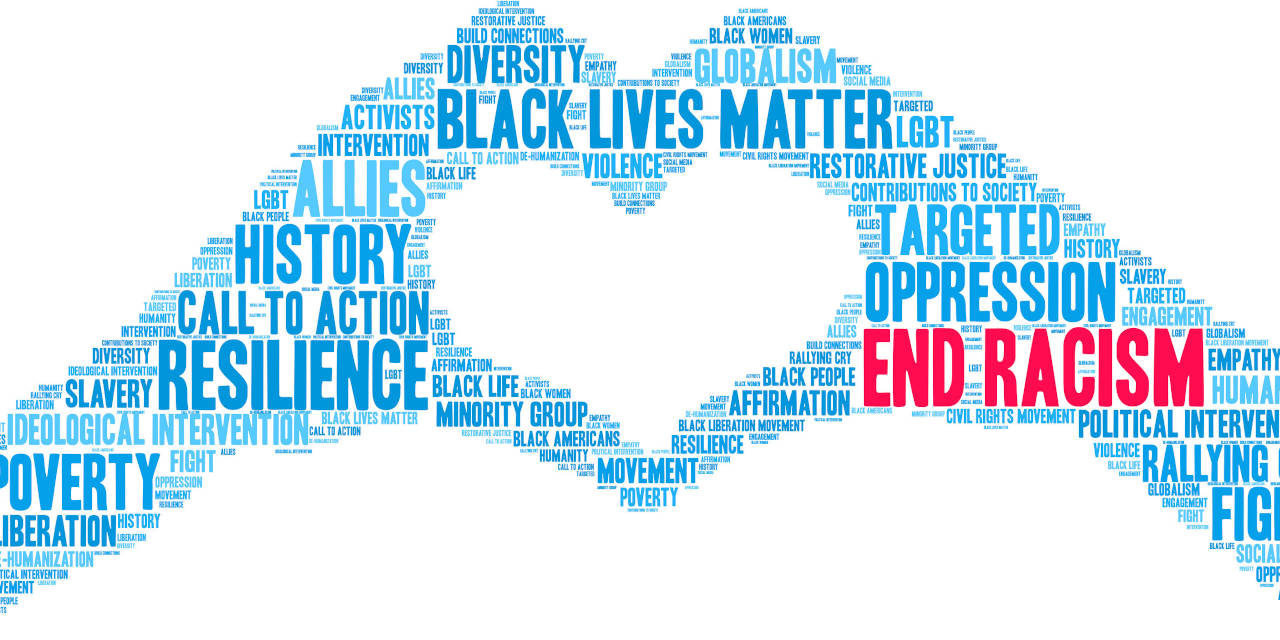By Steve Moran
It has been an explosive few months with protests against racism all across the country, all across the world, triggered by the killing of George Floyd. But to focus on George Floyd is to ignore the fact that many more were killed before him and have been killed after him. It is not just a single incident or a handful of incidents. It is a significant and real problem that continues to plague the country.
If you had asked me about racism in this country and my role in contributing to the racial divide, I would have told you that I had black friends and was, in my own little way, part of the solution. I would have told you that I had it pretty much figured out . . . as much as a white person could. I knew this to be true because I had significant relationships with a number of people who were black.
Over the past few weeks, I have learned that I needed to make some adjustments to my thinking and perhaps more importantly ask this question: What can I do to make it substantially better?
One other thing has become clear to me, and that is that many white people believe three things:
- They are not racist
- They are not contributing to the problem
- We do not have a significant race problem in this country
Society’s Race Problem
The big problem is that no one wants to think of themselves as racist, because it conjures up images of the KKK or white supremacists. Ultimately though, the system and society we live in is racist and, if we are white, we are a part of that system and part of the race problem.
But I am convinced that as long as there is a racial divide, it is critical that we all see ourselves as part of the problem which means we can be a part of the solution.
The racial divide is complicated and the solutions are not easy, but I believe most people want it to be better. They want opportunity and for wealth and income disparity to go away.
There are many voices and points of view. Society and human nature demand we categorize views in mostly extreme boxes, which makes everything worse.
The Senior Living Race Problem
The diversity problem in senior living is easy to see and easy to dismiss as either unfixable or impossible to fix. In most communities, the residents are white (and, in a few communities, Asian) and those who provide all of the services to them are predominantly non-anglo. In addition, Black and Hispanic leadership in senior management is startlingly bleak.
It turns out that as an industry sector, while not yet where we should be, we are better than nearly every other sector when it comes to gender balance. When it comes to racial diversity, we very well may be the worst.
What is Missing?
More than anything else, what is missing are conversations. We need to be listening to each other, hearing each other’s stories and we need to be talking about what we can do as individuals to make it better. We are pleased and a little scared to announce the launch of a series of conversations on race. They will be live, there will be an opportunity to comment and ask questions. This will not be a debate.
Here is our initial line-up:
Conversations on Race
Friday, August 28th at 1 p.m. Pacific Time (4 p.m. Eastern) – Ayana King, CEO Maximum Communications. Watch it HERE.
Friday, September 4th at 8:30 a.m. Pacific Time (11:30 a.m. Eastern) – Jack Sterne & Sunyatta Amen. Jack is the co-founder of Lumenant, an energy technology company in the senior living space and his wife is the owner of Calabash Tea & Tonic in Washington, DC. They have a unique perspective as a biracial couple. Watch it HERE.








